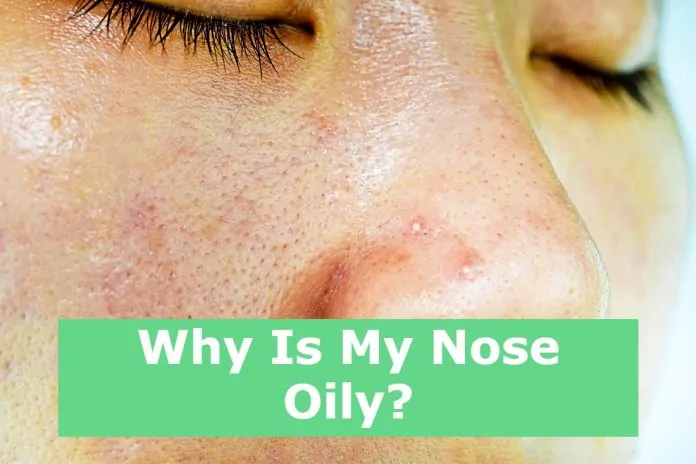If you’ve ever wondered why is my nose oily, you’re not alone. Many of us experience the problem at some point in our lives, but many people don’t know what to do about it. Here are a few things you can do to solve the problem.
Combination skin
Combination skin is a skin type that is characterized by a mix of oily and dry areas. It can be hard to care for, though, as there are not many products made specifically for this type of skin. However, there are some things you can do to make it easier.
The first thing you should do is wash your face thoroughly. Try using a gentle cleanser or a cleanser designed for sensitive skin. Wait ten minutes or so before applying any other products to your face. This will allow you to avoid tightening the skin and also allow the products you apply to work properly.
Hormonal fluctuations
During puberty, significant changes occur in the body’s reproductive hormones. These changes affect the skin’s oil glands, causing oily skin.
Some women experience an increase in sebum production during the menstrual cycle. Others may have less oily skin. Symptoms include acne and clogged pores.
If your skin is prone to excess oil, it’s important to find out why. The most common cause of oily skin is hormonal fluctuations.
Increasing androgens stimulate the production of sebum. Sebum is the oil that keeps the skin supple and healthy. As sebum levels increase, oily skin will also become more pronounced.
Aside from hormones, environmental factors can also cause an increase in oily skin. Temperature, weather, and stress can all cause increased production of sebum.
Diet
While diet doesn’t always equate to an oily nose, it can help. Aside from dietary changes, you might want to make a few simple adjustments to your beauty regimen.
The simplest thing you can do to avert an oily nose is to wash your face frequently. You should also drink eight glasses of water a day. In addition, you may want to consider a moisturizer.
An alcohol-free toner is another good option. It’s also a good idea to avoid spicy foods. Spicy foods dilate the blood vessels, causing your nose to perspire.
You should also keep your makeup to a minimum. Wearing the wrong makeup can increase your oily nose problem. Also, avoid wearing perfumes and harsh gels.
Salicylic acid
Oily skin can be difficult to control, but there are some things you can do to help. One thing you can try is a face wash that contains salicylic acid. The chemical breaks down dead skin cells and unclogs pores. It is also helpful in treating blackheads and other types of acne.
Another way to treat oily skin is to use a daily moisturizer. This will keep the moisture locked in your skin and prevent it from forming excess oils. You can also wash your face more frequently.
Salicylic acid can also be used to help with other skincare concerns, such as dandruff. It can reduce the appearance of hyperpigmentation and help smooth wrinkles.
Tinted moisturizers
During the warmer months, a tinted moisturizer is a handy product to have around. Not only does it keep you hydrated, but it can help to reduce excess oil and provide a natural, flawless look. However, a good tinted moisturizer should cater to your skin type and tone.
If you have an oily nose, a matte tinted moisturizer is a great option. The formula contains pure minerals, which blend into the skin for a smooth, non-greasy finish. It’s also oil-free, so it won’t clog your pores.
Despite its oil-free, matte formula, LM Oil-Free Tinted Moisturizer offers broad-spectrum UVA/UVB protection, which is important for people with sensitive or acne-prone skin. This BB cream also contains a hydrating, skin-balancing niacinamide.
Avoiding exfoliants after surgery
One of the most common side effects after rhinoplasty is an oily nose. This can be remedied by following some simple steps. The most important is to wear a hat while rubbing your face. Also, avoid tapping your nose as it will only spread the good ol’ fashioned oil around. Using a decongestant will help you breathe better.
In fact, a low-dose birth control pill may help you regulate the amount of oil you produce. A simple cleansing routine, such as a washcloth and a mild chemical exfoliator, will also do the trick. If you need a bit of extra help, a prescription cream may be just what the doctor ordered.




